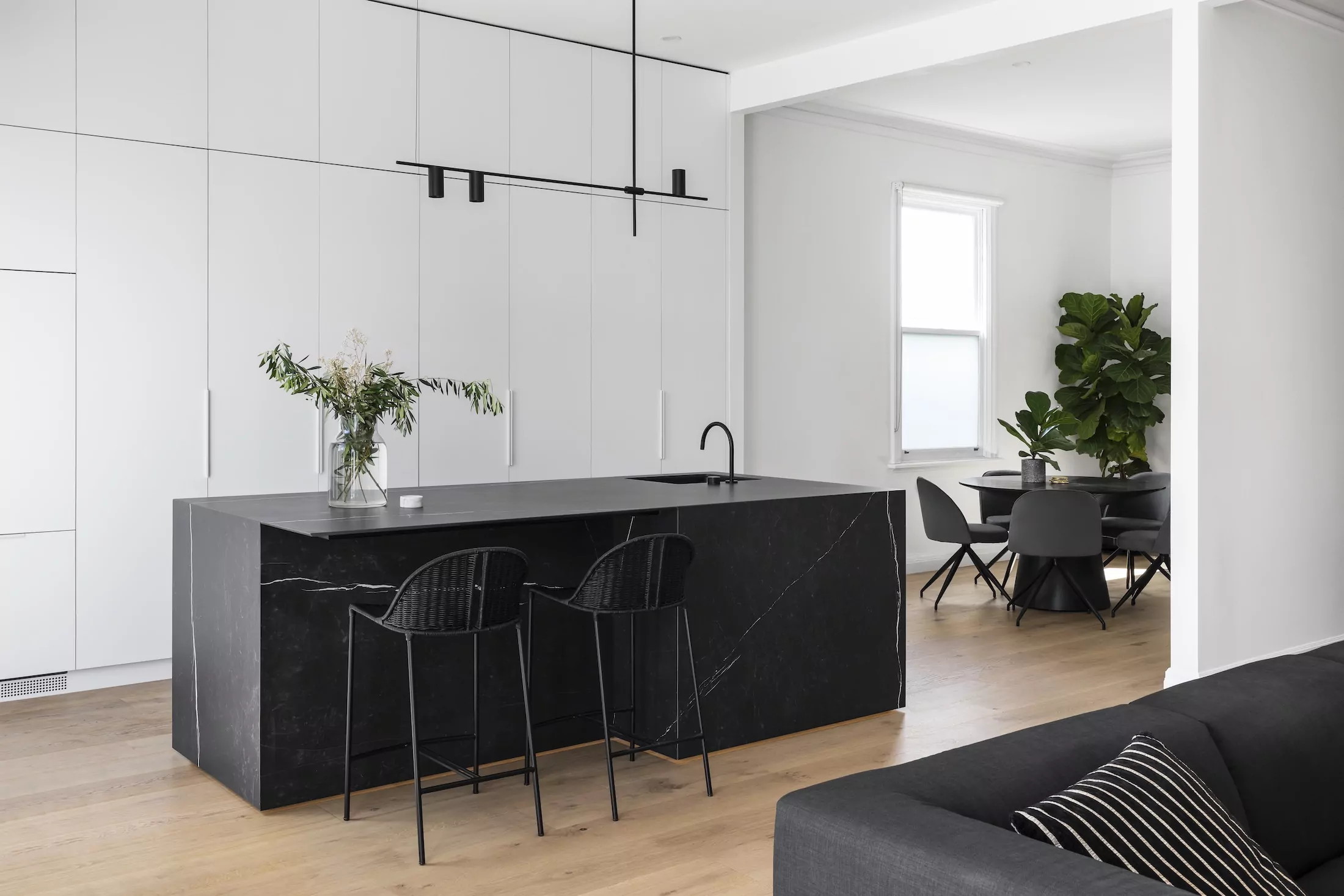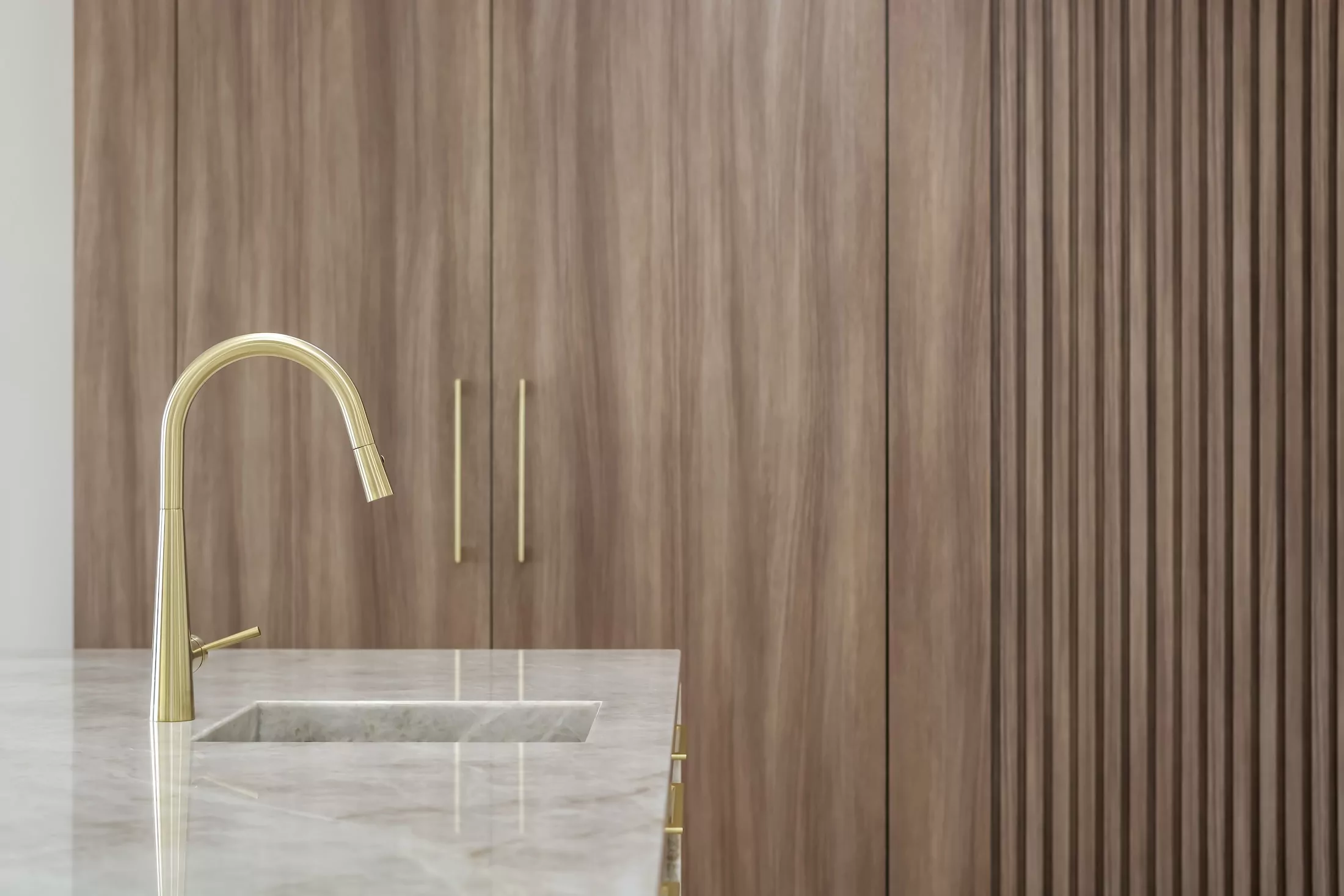November 1, 2024
The Art of Biophilic Design: How to Bring Nature into Your Home
As the modern world accelerates, more people are finding solace in nature—whether through weekend getaways or, increasingly, through thoughtful design at home. Biophilic design, which emphasises our connection to the natural world, allows us to bring the outdoors inside in ways that soothe the senses and enhance well-being. From natural light to organic materials, biophilic design offers more than just aesthetics—it creates environments that help us reconnect with nature.
But how do you seamlessly blend these elements into your home? Let’s explore how biophilic design goes beyond houseplants and greenery, weaving nature into the heart of your interiors.
What is Biophilic Design?
Biophilic design incorporates natural elements into built environments, acknowledging our innate desire to connect with nature. It’s more than just decor—it’s about creating a sensory experience that mimics the balance and tranquillity we feel when outdoors.
“Biophilic design isn’t just adding plants to a room,” explains Rosanne Spagnolo, interior designer and Castella specialist. “It’s about integrating natural elements in ways that positively affect how we feel, live, and interact with our spaces.”
1. Natural Light: A Vital Element for Well-Being
Natural light is foundational to biophilic design. Large windows, skylights, and glass doors blur the lines between indoors and outdoors, creating an airy, open feel.
“Maximising natural light is one of the most effective ways to embrace biophilic principles,” says Rosanne. “It has an immediate calming effect, boosting both mood and energy.”
For homes where architectural changes aren’t feasible, consider reflective surfaces like Polished chrome, Polished nickel, or Stainless steel finishes. These materials are not only elegant but also help amplify natural light, bouncing it around the room and making spaces feel brighter and more expansive.

2. Greenery: Breathing Life into Interiors
Plants are the most direct—and perhaps the easiest—way to incorporate biophilic design. From potted plants to vertical green walls, they bring a touch of the outdoors in, while purifying the air and softening the room’s edges.
“Think of plants as living art,” suggests Rosanne. “A fiddle-leaf fig or cascading vines can transform even the smallest corner into a lush focal point.”
Incorporating plants in spaces like doorways and hallways can complement hardware choices that evoke natural textures. For example, Castella’s Murchison, Macquarie, and Madera ranges—crafted from sustainably sourced Tasmanian oak—pair perfectly with an interior abundant in greenery, adding a tactile, organic touch to your home’s design.

3. Natural Materials: Bringing the Earth Inside
Integrating natural materials like wood, stone, and metal fosters a sense of connection to the earth. In biophilic design, these elements bring warmth, texture, and authenticity to your interiors.
“Tasmanian oak—featured in Castella’s Murchison, Macquarie, and Madera ranges—offers not only durability but also a deep connection to Australia’s natural beauty,” Rosanne shares. “These woods have an inherent warmth and texture that enrich any space.”
For homes that embrace biophilic design, materials such as timber beams, stone countertops, and rattan furnishings reinforce a natural aesthetic. Pair them with subtle metallic accents to ground the space, and opt for organic finishes that feel alive and natural to the touch.

4. Water Elements: A Flowing Sense of Calm
Water is a powerful force in biophilic design, providing both a visual and auditory connection to nature. Whether through fountains, reflecting pools, or small water features, the presence of water brings a sense of tranquillity and renewal to a home.
For a more sustainable take on water-inspired elements, explore Castella’s Hydrowood range, created from timber salvaged from beneath Tasmania’s lakes. The story of Hydrowood adds depth to your interiors while echoing the calming and restorative qualities of water itself.
“Water has a universal calming effect,” says Rosanne. “Even the sound of a small water feature can transform a space, inviting a moment of reflection.”

5. Earthy Colours: Nature’s Palette for Your Interiors
Colour is one of the most powerful ways to create a natural connection within a home. Opt for shades inspired by the environment—rich greens, deep blues, warm terracottas, and soft neutrals.
“Biophilic design is about bringing the outside in,” Rosanne explains. “Using earthy tones creates a sense of balance and calm, making the home feel more grounded and connected to nature.”
Whether you opt for muted shades on the walls or introduce bolder pops of nature-inspired hues through textiles and decor, sticking to a natural palette ensures that the home feels harmonious.

6. Biomorphic Forms and Shapes: Nature’s Influence on Design
Biophilic design also embraces biomorphic forms—shapes and textures that mimic those found in the natural world. Think of rippling water, the grain of wood, or the irregular textures of stone, all evoking nature’s organic beauty.
For those who appreciate texture, Castella’s Linea Italiana and Tuscan Foundry ranges offer raw, sand-cast bronze textures and organic, flowing shapes, perfect for spaces looking to reflect the rugged beauty of the natural world. These finishes make even the smallest details feel alive, tactile, and authentic.
“Organic forms are a great way to bring nature into interiors,” Rosanne says. “Soft, flowing lines or rough-hewn textures can evoke the feel of being outside, even in the heart of a city home.”

Final Thoughts
In today’s fast-paced world, biophilic design offers a chance to reconnect with nature, transforming our homes into havens of tranquillity and well-being. Whether you’re flooding your space with natural light, introducing organic materials, or opting for hardware that reflects nature’s textures and forms, every element you choose should evoke the calming influence of the natural world.
As Rosanne Spagnolo eloquently puts it, “Biophilic design goes beyond decor—it’s about creating spaces that nurture both the mind and the soul.”
Explore Castella’s collections, from our Tasmanian oak pieces to Hydrowood and Bronze finishes, to discover hardware that seamlessly integrates nature into your home.
